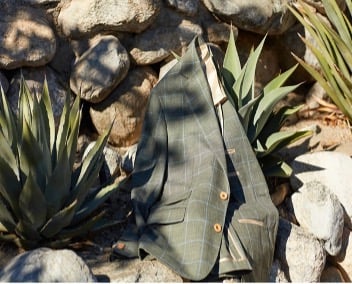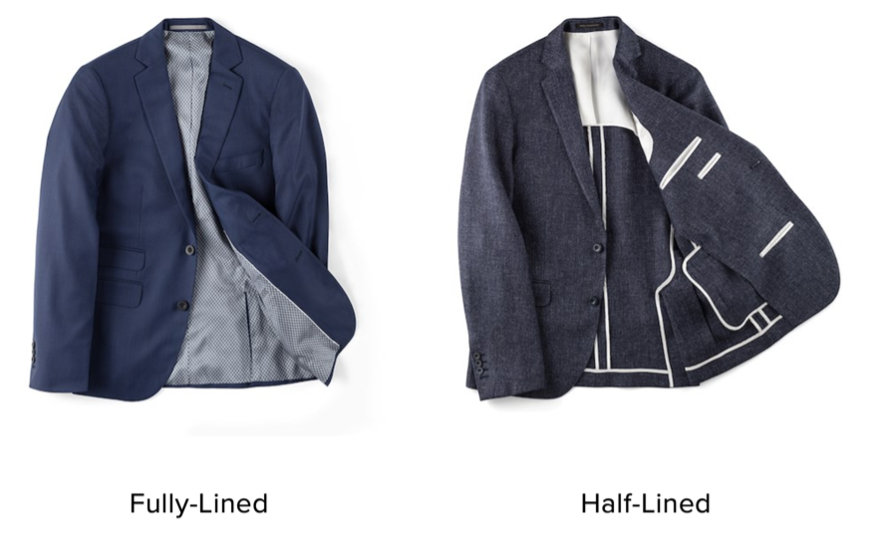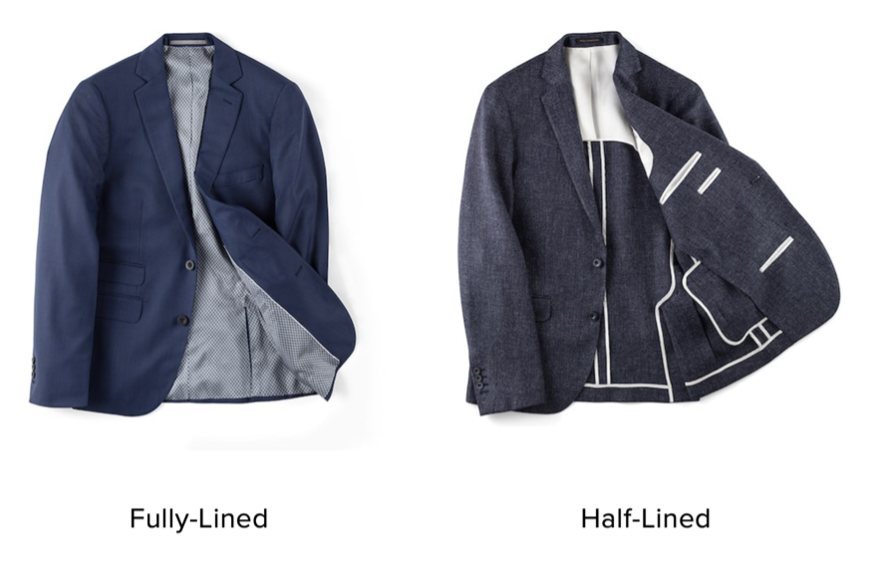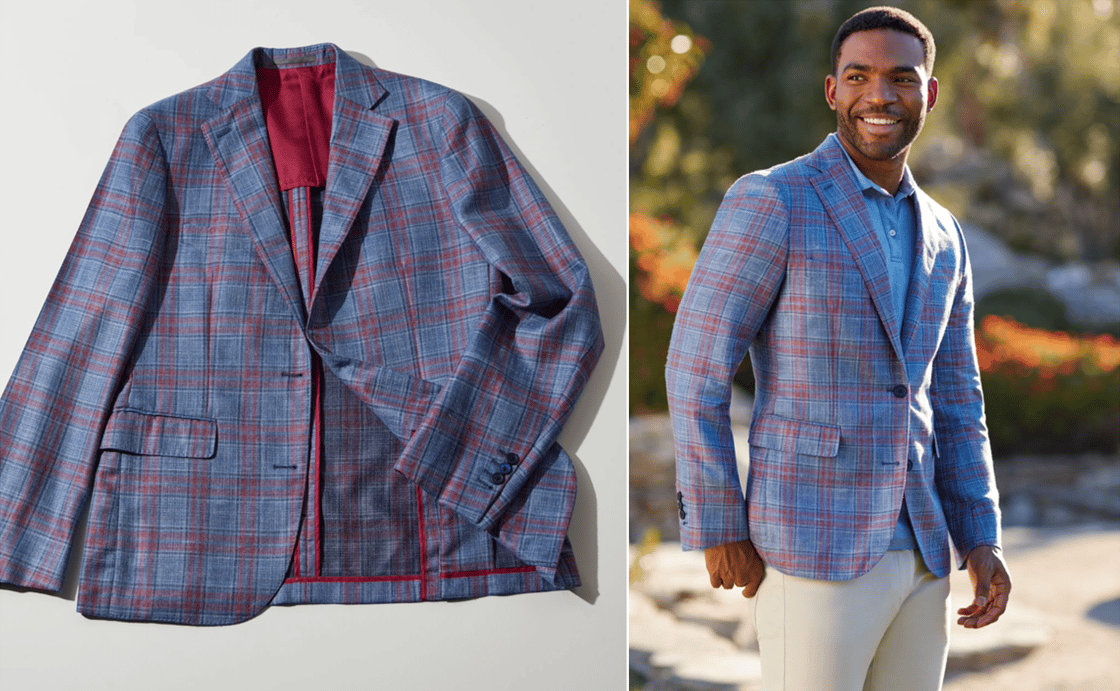For those who know me well as a designer, will know I have always loved tailoring. The allure of a rigorous technique combined with a precise process is a formula I have built on and applied across my approach to all my designs throughout my career. As a fashion student in London, I wrote a thesis on the suit and remember how difficult it was at the time to find research as most of the knowledge was held exclusively by the individual bespoke tailors of Saville Row. Having spent many hours since in the pattern rooms and on the manufacturing floors across Europe and Asia, I have only expanded and deepened my passion for tailoring, ever fascinated by how the slightest modification of the process can affect the result. |
When the variable weather of spring turns to the heat of summer, tailoring can sometimes take a backseat. Having lived in Italy and worked in both Paris and Spain, I have always loved to see how tailoring was worn by stylish gents all through the summer months despite the soaring temps and lack of air conditioning. It seems inherent to most European men that tailored sportscoats or suits can be easily adapted to lighter fabrics and constructed for coolness without compromising the cut or look of the jacket. The secret, of course, is the evolution of the half lining, an option which we also offer here at J.Hilburn. |
This half lining construction reduces the lining process, which would usually cover up componentry and internal seams. To keep things looking tidy and finished, the inside is reworked to keep the front aspect and shoulder covered with a deeper facing that covers the internal pocket bag lining and side panel seams. The back of the jacket has no lining apart from a short, hemmed shoulder panel that covers the shoulder pad construction on the back of the shoulder but leaves the rest of the back panels unlined, exposing the back side of the fabric. In a fully lined version, the internal seams would be unfinished to adapt for the need for alterations, but in half lined version, the seams are finished with either a pocket or “French” seam or bound in a bias cut piece of lining sewn to sandwich the unfinished edges of the seam allowance. Just attempting to describe the basic process involved is pretty tricky to do accurately, so I hope you can imagine how much more work is involved in the pattern, cutting, and sewing setup to achieve this lightening up of the jacket construction. As someone with a passion for tailoring, this option is one of my favorites to add to my own sportscoats as it seems to epitomize the art of tailoring, combining technique and unseen added complication just to improve the lightness of the jacket. This option works particularly well for summer, of course, but it has the added bonus of enhancing stretch fabrics that are less blocked by the lining and let the wearer have more movement, especially across the back. With our knit or 4-way stretch fabrics, I feel it is a must-have to take full advantage of the performance aspect of these fabrics, adding incredible comfort.
With some of our lightweight suiting fabrics blended with linen, cotton, or silk, the full benefit of the half-lining can be a perfect choice for the summer months, including in our formal offering. Personally, I like to take advantage of this option all year round as I love the feel of a sportscoat with this construction. I also would add that with the choice of linings we offer, the binding motif of the inside seams can pop even more, similar to a button-hole color choice, adding that touch of personality that is exclusive to J.Hilburn. |
 |



